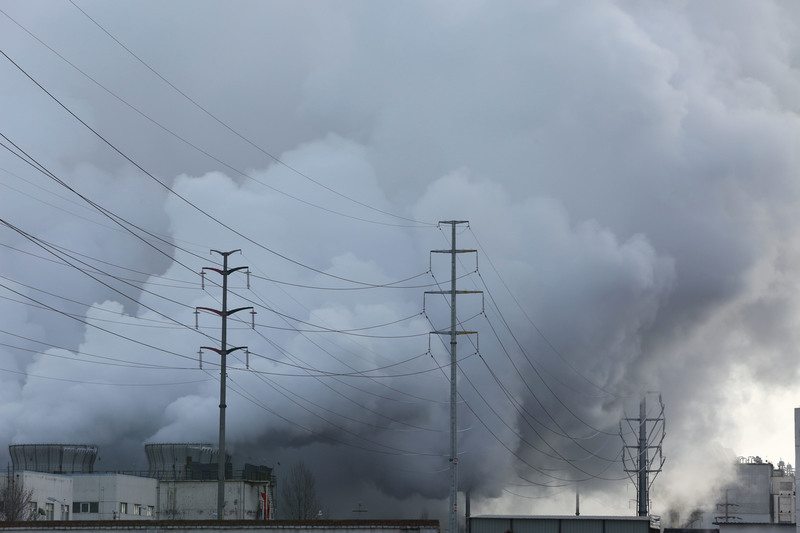China keeps giving ‘green bonds’ to coal projects

A new Chinese coal-to-chemical project is set to receive millions of dollars in so-called ‘green bonds’.
The project, to be built by a Fortune 500 company in the coal-rich province of Shanxi, will convert high-sulphur coal into methanol gasoline and liquid petroleum gas, as well as a few other chemicals.
When it’s up and running, the project will emit about 1.9 million tonnes of carbon dioxide per year, according to calculations by Greenpeace East Asia — equivalent to one sixth of the CO2 emissions cut by China’s shuttering of coal power plants in 2014.
The project is one of two coal-based projects to receive green bond support for construction since the beginning of 2016.
It also comes just weeks after it was revealed that a coal power station in Tianjin is in line to receive hundreds of millions a part of the green bond programme in order to pay back loans for an upgrade.
It also follows an Unearthed expose of how the coal industry is exploiting a loophole in the official standards and guidance for Chinese green bonds.
Jinmei Group
The coal-to-chemical project will be constructed by the Shanxi Jinmei Huayu Coal Chemical Company, a subsidiary of the Jinmei Group, China’s largest coal to chemical company.
The group saw an annual revenue of RMB 179 billion in 2015 and is listed 473 on the 2017 Fortune 500 list of global companies.
It will receive green bonds worth RMB 1.5 billion (more than $220m).
Read more: CO2 emissions from China’s coal-to-chemical sector set to soar
When it enters production the project will use 2.2 million tons of high-sulphur coal to produce 500,000 tons of methanol gasoline (MTG) per year.
Secondary production will include 65,000 tons of Liquid Petroleum Gas (LPG), 60,000 tons of durene, 73,000 tons of sulfuric acid and 25,000 tons of ammonium sulfate.
Greening coal
The RMB 1.5 billion bond issued this week is one of two green bonds issued for new coal-based projects since the beginning of 2016.
The other project is a new combined heat and power coal plant construction project in eastern China’s Zhejiang province, which will emit an estimated 900,000 tons of CO2 per year once operational.
It was issued a RMB 800 million green bond by the Zhejiang Jiahua Energy Chemical Industry Company in May 2016.
Several existing coal projects have used green bonds to fund upgrades and expansions.

